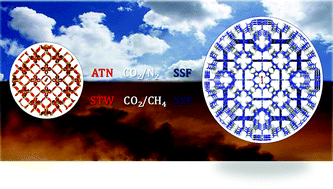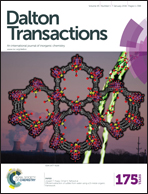Comparing gas separation performance between all known zeolites and their zeolitic imidazolate framework counterparts†
Abstract
To find optimal porous materials for adsorption-based separations is a challenging task due to the extremely large number of possible pore topologies and compositions. New porous material classes such as Metal Organic Frameworks (MOFs) are emerging, and hope to replace traditionally used materials such as zeolites. Computational screening offers relatively fast searching for candidate structures as well as side-by-side comparisons between material families. This work is pioneering at examining the families comprised by the experimentally known zeolites and their respective Zeolitic Imidazolate Framework (ZIF) counterparts in the context of a number of environmental and industrial separations involving carbon dioxide, nitrogen, methane, oxygen, and argon. Additionally, unlike related published work, here all the targeted structures have been previously relaxed through energy minimization. On the first level of characterization, we considered a detailed pore characterization, identifying 24 zeolites as promising candidates for gas separation based on adsorbate sizes. The second level involved interatomic potential-based calculations to assess the adsorption performance of the materials. We found no correlation in the values of heat of adsorption between zeolites and ZIFs sharing the same topology. A number of structures were identified as potential experimental targets for CO2/N2, and CO2/CH4 affinity-based separations.



 Please wait while we load your content...
Please wait while we load your content...